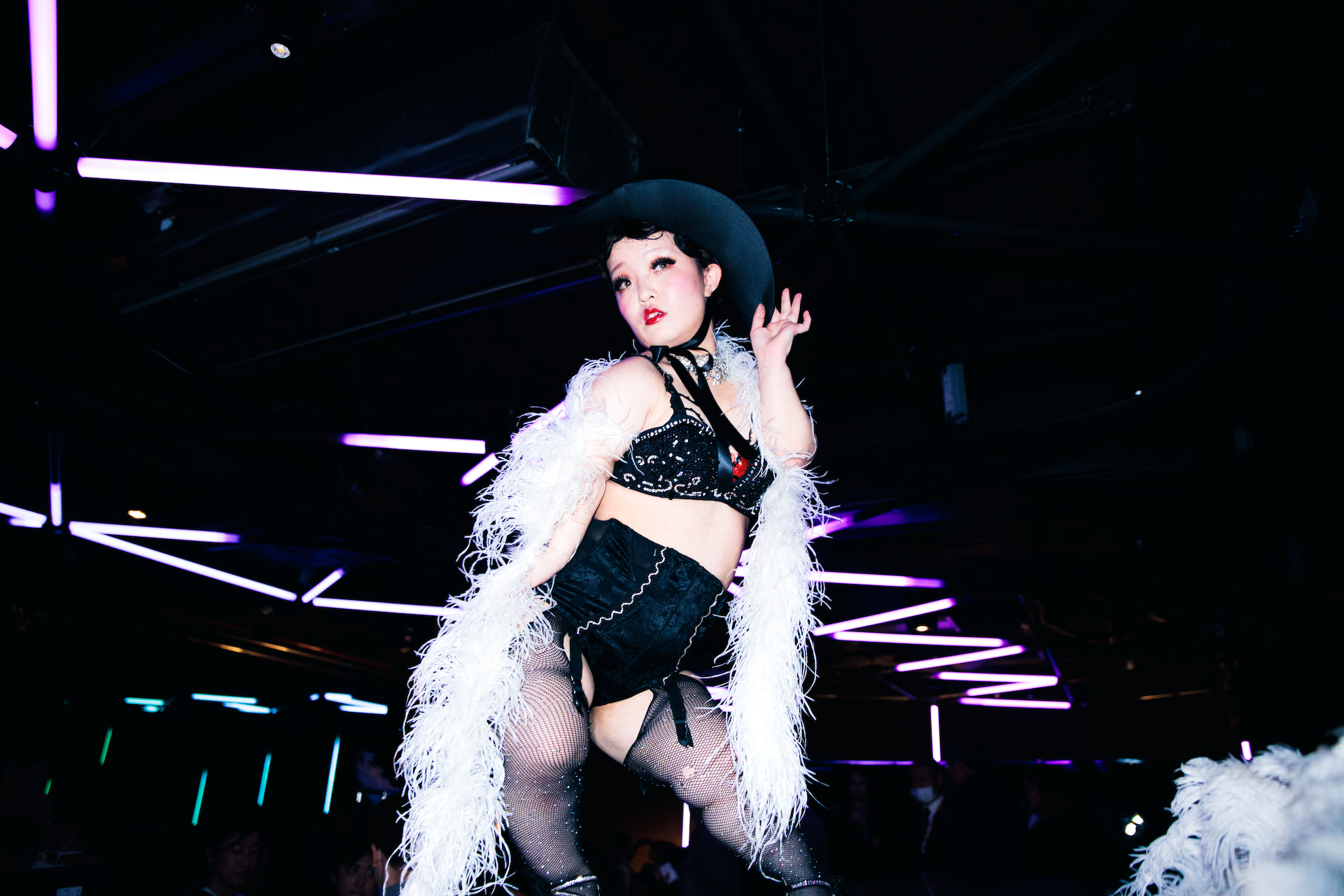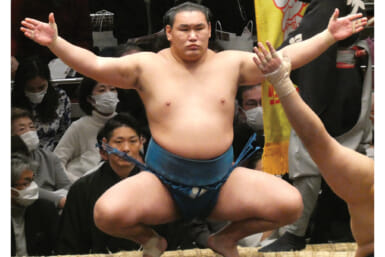Chibimoeko owns the stage, whether she’s flouncing to cabaret numbers or stripping to music while wearing feather boas, glittering heels and, gradually, sparkling nipple tassels. At 124 centimeters tall, she is Japan’s first burlesque dancer with dwarfism. She has performed burlesque across Japan since 2017, and even appeared at the Paralympics.
I’m set to meet Chibimoeko to learn more about her path to dance and her experiences in the world of burlesque, but I go to the wrong location. When I do arrive, late, she stands up to greet me, and I’m immediately struck by her sense of style, which betrays her background as a stylist. Ever gracious, the dancer, wearing a cream-frilled dress and sneakers from cult brand Grounds, tells me not to worry about the mishap.
As we sit down to chat, she becomes serious, giving each question a thorough and thoughtful answer. From stylist to performer, she has taken a surprisingly conventional route to arrive at where she is today.
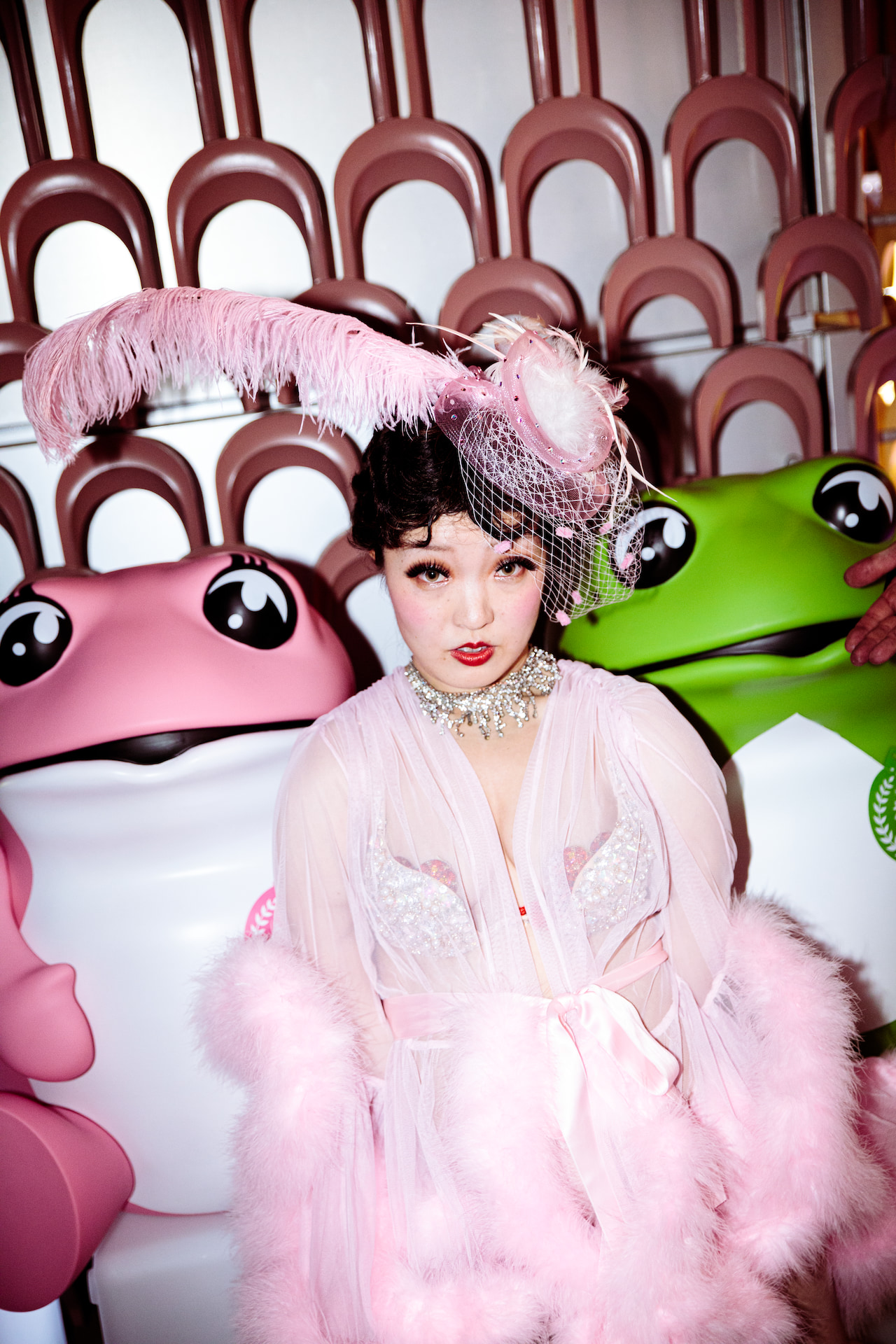
Photo by Annakorikori
Fashionable Aspirations
The 28-year-old dancer is open about her disability and is happy to embrace it and talk frankly about her experiences — and not just those as a little person, but as a burlesque dancer with dwarfism, perhaps one of the few such dancers in the world. “Definitely the only one in Japan,” she tells TW.
Despite her trailblazing position in burlesque, she didn’t set out to become a dancer. Rather, her passion lay in fashion, an interest that developed when she was young. The glossy magazines she came into contact with in her youth, however, didn’t feature anyone she could realistically aspire to be.
“I couldn’t wear clothes like everyone else,” she continues, “so I aimed to be a stylist in order to dress others the way I had always wanted to dress.”
Unfortunately, passion and skill weren’t enough to make her dream a reality. After graduating from stylist school in 2017, she went to interview after interview to secure her first stylist job, but the outcome was always the same. “They’d ask if I could carry two heavy bags,” she says. For someone with dwarfism, this was not feasible. “I’d given up — until I met Oi-chan.”
A casting director for diverse dancers and models, including drag queens and wheelchair dancers, Oi-chan put out a call in 2017 looking for a stylist. “I applied, telling her the truth about my condition and why I’d been rejected previously,” she shares. She immediately got a message back.
“Oi-chan was more interested in my dwarfism than my styling,” she laughs. Needless to say, she got the job, and within a week, she was styling for a shoot.
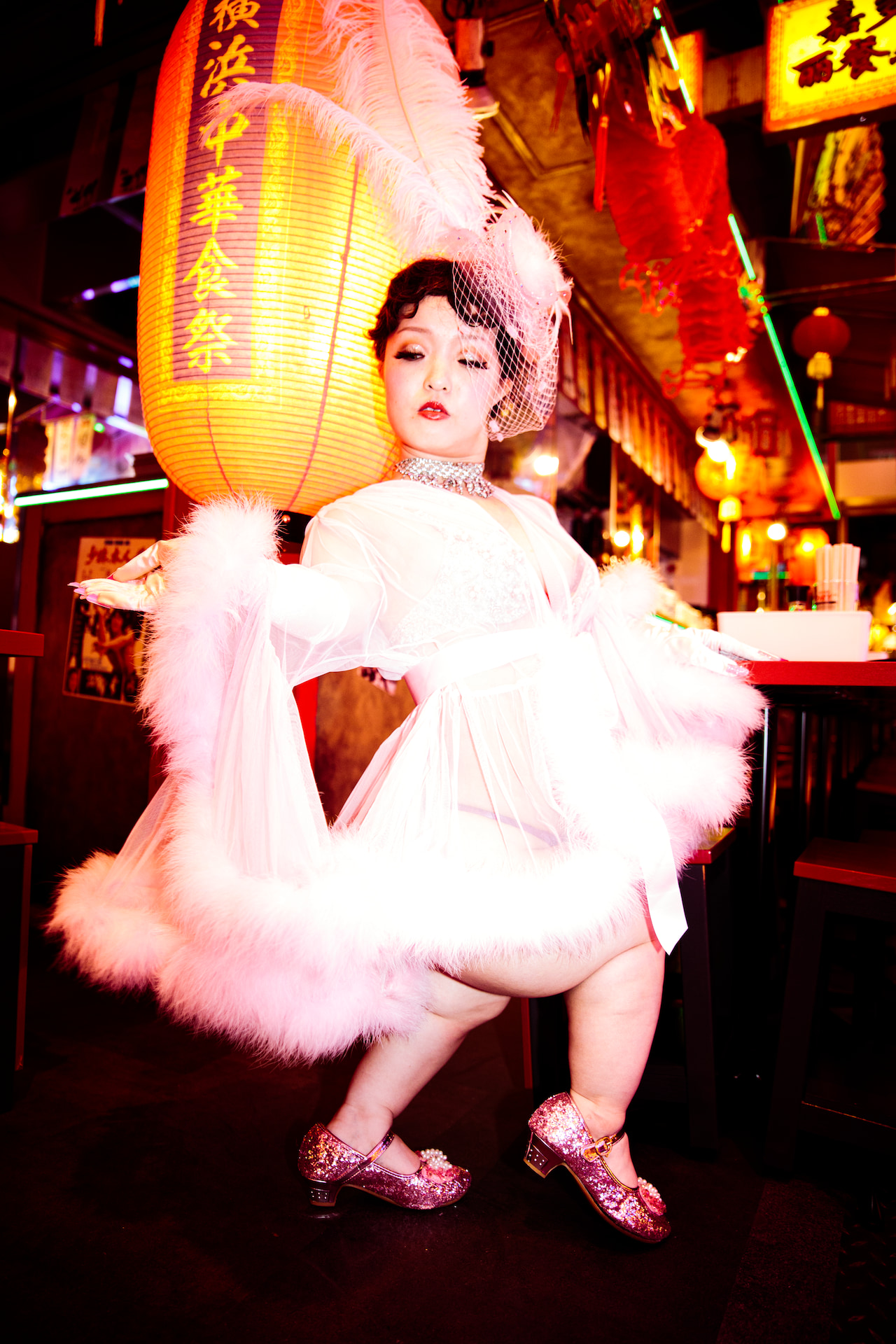
Photo by Annakorikori
Taking to the Stage
Over the next few months, she became close with Oi-chan and Oi-chan’s crew of dancers and performers. She met Kumi, a pole dancer, who invited her to perform at a Roppongi Art Night event. “I’d never thought of myself on stage before, only at the back,” she says.
The show was a success. She had taken walking lessons from Kumi and was praised by those who’d seen the performance. Looking at a video from the event, Chibimoeko stands out, exuding confidence as she struts around the stage.
Unsurprisingly, Kumi and Oi-chan then had another proposal for her: Why not try burlesque?
“Apparently, they’d been talking about me,” she continues, “I’d never considered burlesque, but by then, I’d thrown my life plans of becoming a stylist out the window. I was willing to do anything, so I agreed to do it.”
Her first burlesque performance came at the now-closed Kawaii Monster Cafe. To prepare for what was to become a regular gig, she took burlesque classes with Kumi.
“Strangely, I wasn’t nervous,” she says. “I hadn’t really thought about the ‘taking my clothes off’ part.”
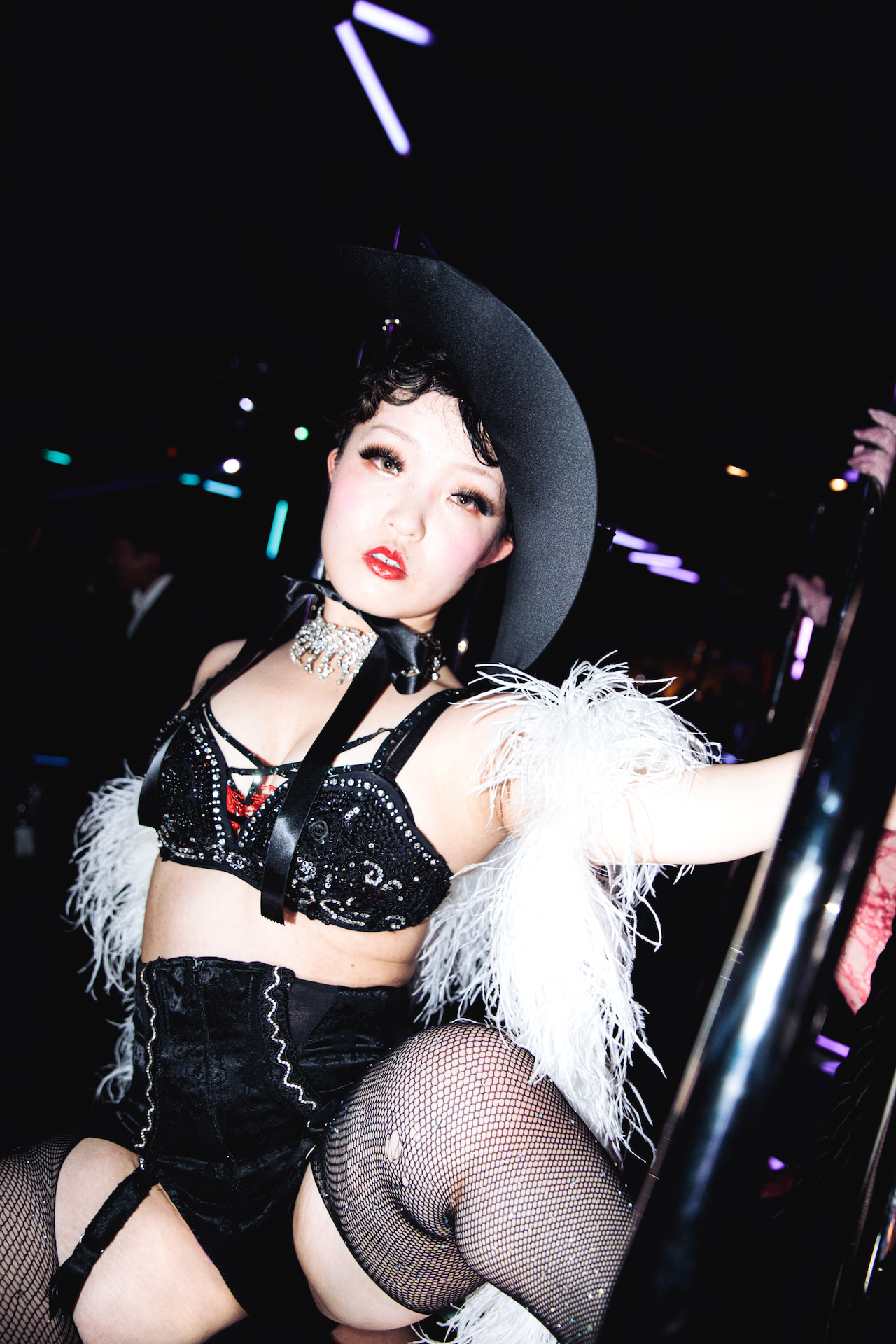
Unexpected Outcomes
Chibimoeko says that though she was a happy child, she gradually began to notice the reactions people had when they saw her, and that she became very conscious of the looks by the time she reached the third grade. Now, burlesque is a way for her to change those reactions. “By exposing my body and putting it out there myself, my body could be celebrated,” she explains.
And even though she’s faced physical obstacles over the years — she couldn’t do mat activities at school because of restrictions related to her neck — burlesque has proven to be flexible. “Occasionally, I won’t be able to do a pose, which can be tough,” she admits. “But I work with Kumi on how to do it in my own way.”
The reactions to her burlesque have been overwhelmingly positive, but there is one particular full-circle moment that stands out: The time a stylist she’d once interviewed with asked her to be on the cover of So-En, an influential fashion magazine.
“The whole reason I’d trained so hard to be a stylist in the beginning was because of my complicated relationship with fashion,” she says. “Even though I didn’t end up as a stylist, I ended up on the front cover of a fashion magazine — as myself.”

